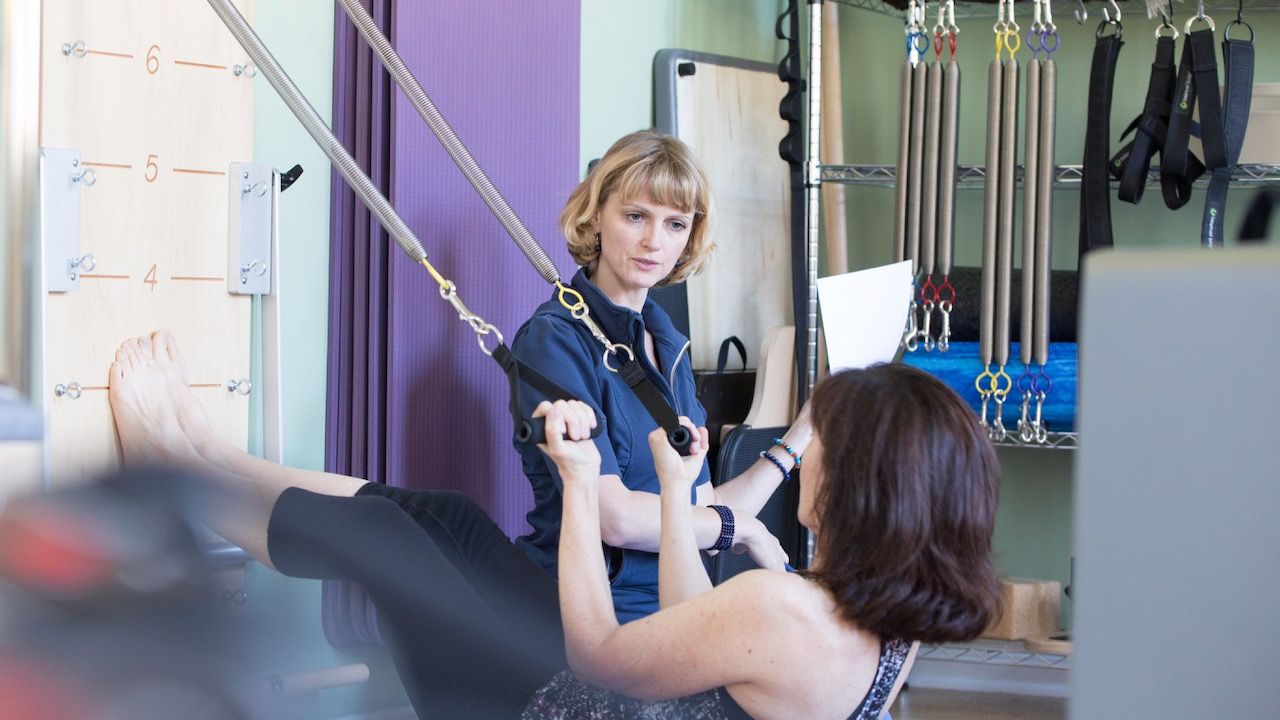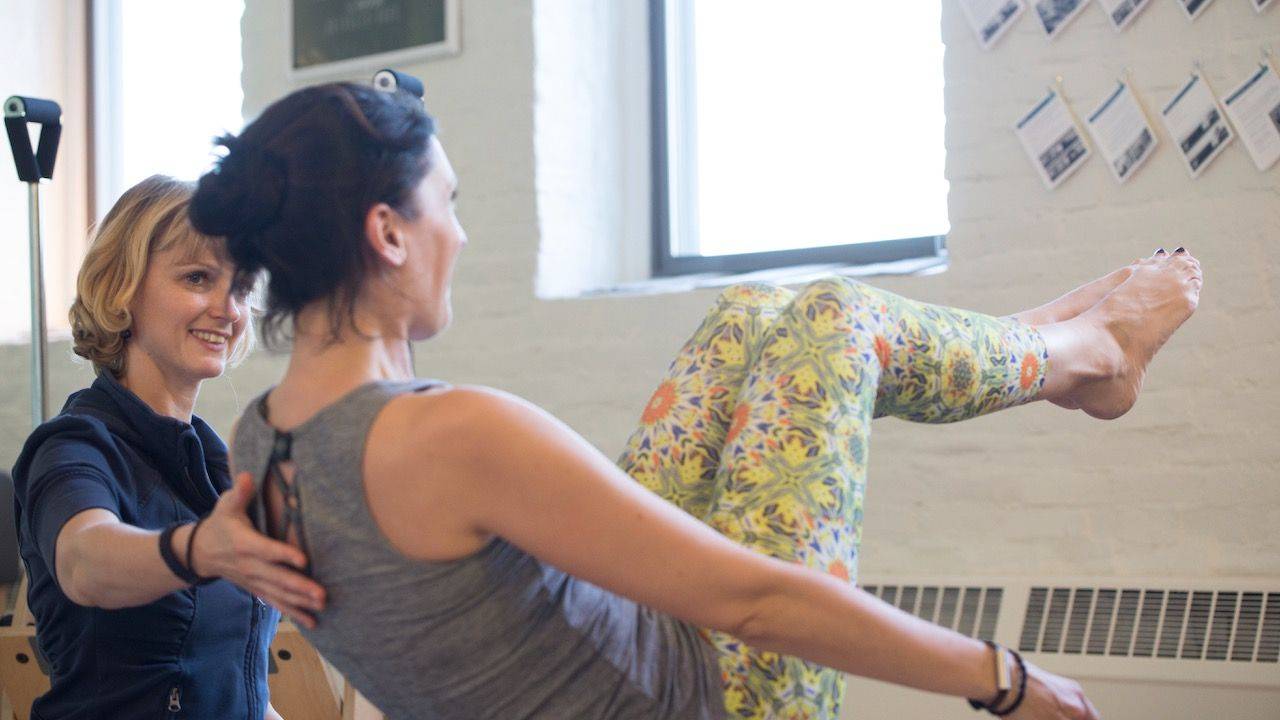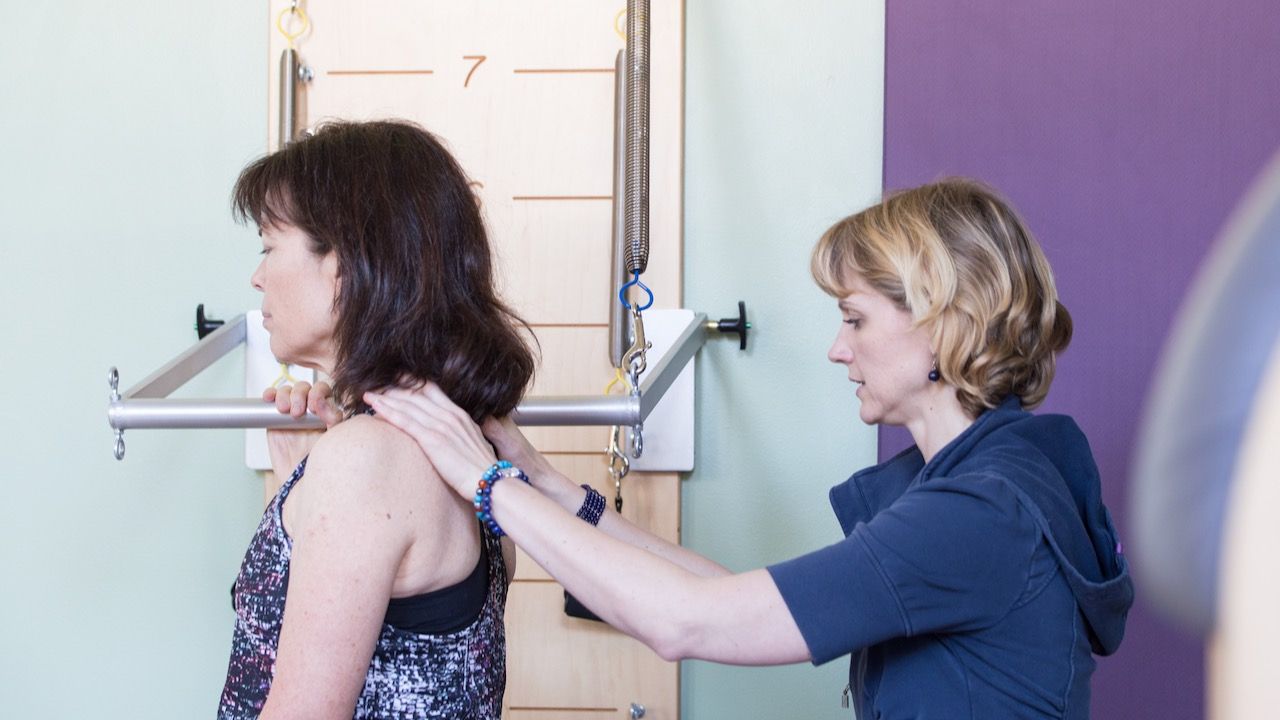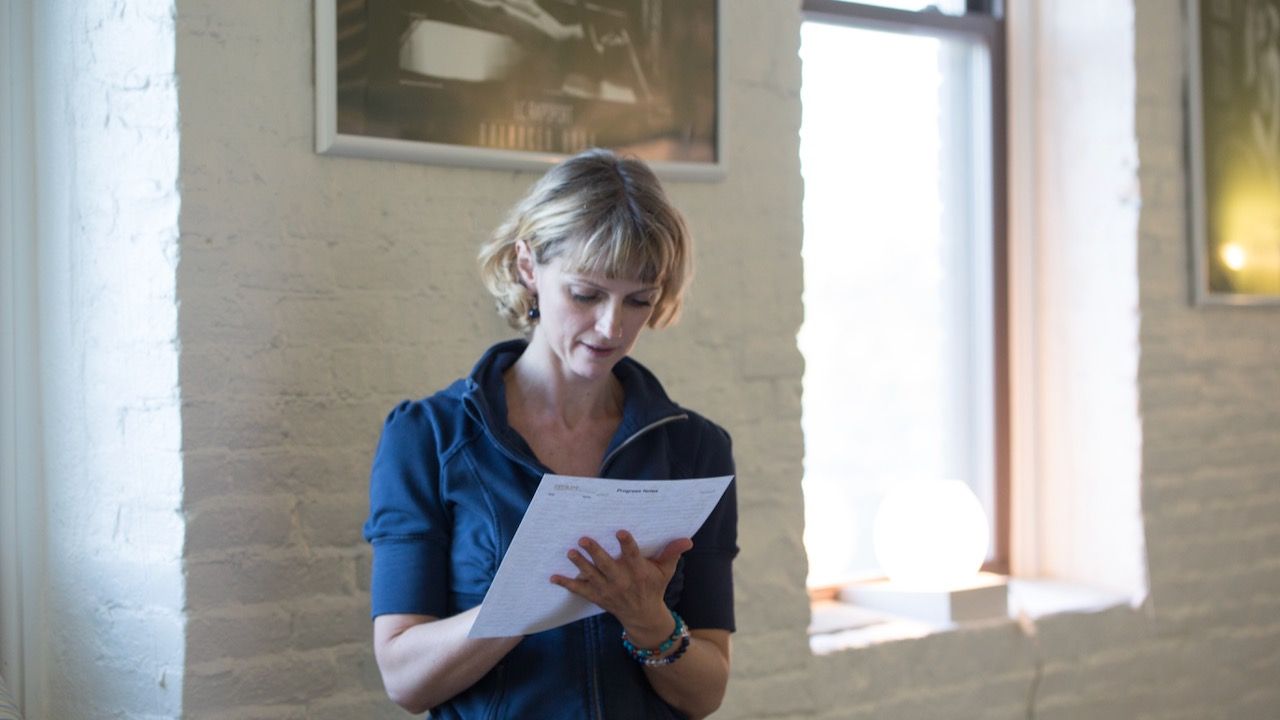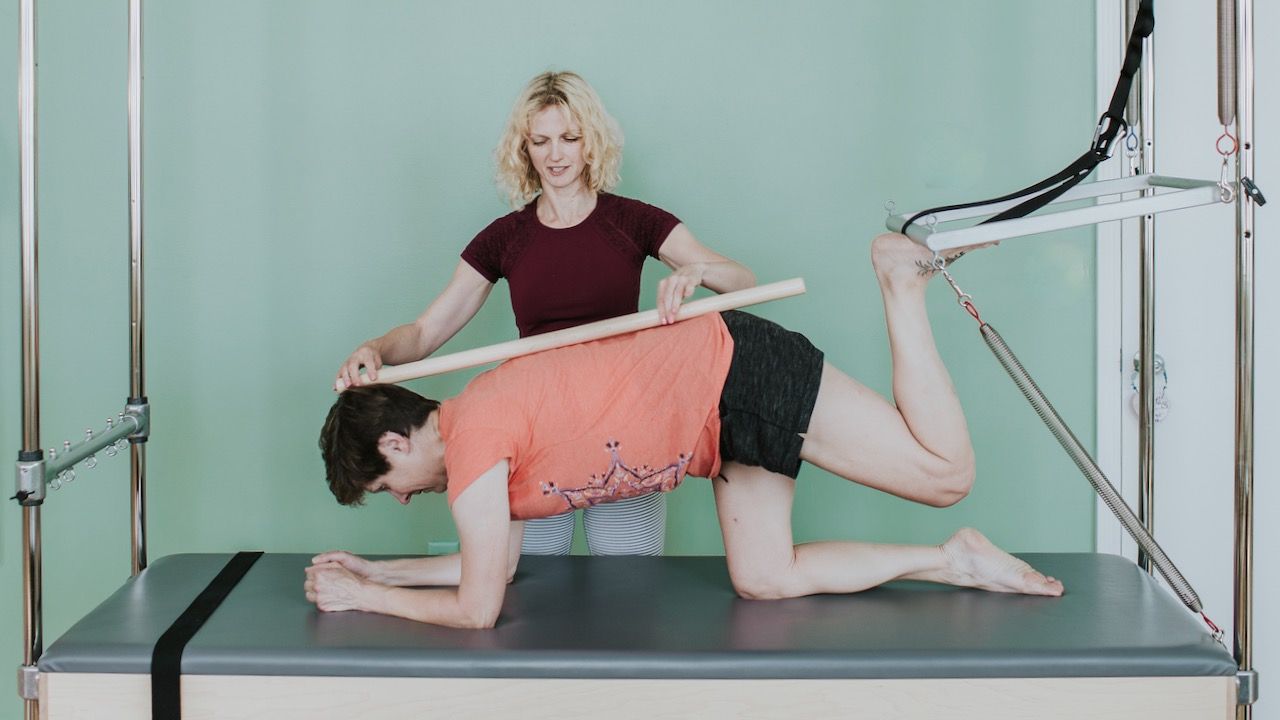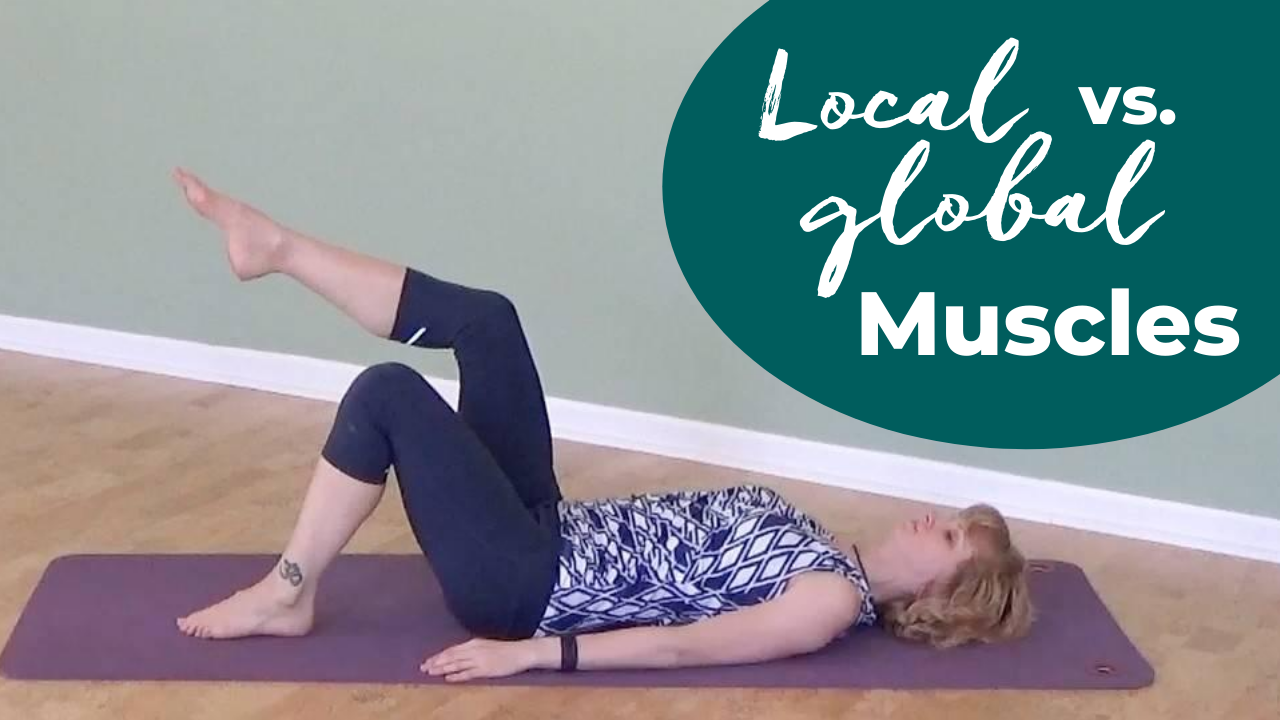
How to Make Your Global and Local Muscles Work Together
Oct 28, 2020How does movement work? Let's consider a metaphor.
Imagine you’re cooking a meal - your favorite dish. I personally like stew, so I’ll gather my ingredients: celery, carrots, potatoes, meat. Some of these ingredients are bigger, some are smaller, some are dense, others lighter. Then you add broth or water and spices, and salt. The amount of salt and spices you use is of course much smaller than the amount of potatoes.
Good cooking means you have to get the amounts of all the ingredients just right. Unless you choose a delicate balance of all the ingredients, your dish will not come out tasty. Imagine you’d interchange the amount of salt with the amount of potatoes. Yuck!
Timing is important, too. It matters when you add the ingredients during the cooking process. If you add the delicate vegetables too early then they get all mushy, before the potatoes are cooked through.
How does this relate to movement?
You have large muscles in the body (i.e. quadriceps, glutes, pectoralis major) and you have small muscles (i.e. deep hip rotators, popliteus, subclavius) which assist the movement of the large ones or stabilize a joint while a large muscle produces enough strength to lift a heavy pot full of stew off the stove.
Even though they are smaller, these small helper muscles are just as important as the larger ones. Just like a stew without any salt or spices will taste bland, movement that focuses too much on large muscles will lack the joint stability that comes from the small muscles.
Further, do you know that salt and fat carry flavor? By adding salt or oil, you will taste the other spices you added even more. (This can potentially be the downfall of the dieter, for sure; not the gourmet, though.) By making sure the small muscles are in fact doing their job (stabilizing the joint), the big ones can produce even more strength around that same joint.
The whole is more than the sum of its parts.
During any movement sequence, such as walking, each muscle has to contract at the right time, in the right amount. Contrary to popular opinion, the goal of our muscles is NOT to always work as hard as they can. If they did, then the muscles in the front of the body and the back of the body would contract simultaneously which would basically result in locking our body in a frozen position, unable to move.
I’ve worked with one or two bodybuilders who looked something like this:

Okay, maybe not EXACTLY like this. But close enough to get my point across. Guess what: They couldn’t lift their arms overhead!
Forget about this:

But how do we get our muscles to work efficiently together? The key is to slow down and pay attention. Dial back the intensity to give your weaker or smaller muscles a chance to work, too. Focus on your form and don't worry if the range of motion is tiny.
One brilliant verbal cue to trigger smaller, deeper (local), stabilizing muscles is: "Use as little energy as possible to do this movement." or "Okay. Now do the same thing with half the energy/strength."
Related: The Cueing Cure: Dramatically Improve Your Verbal Cueing in 30-Days
If you're not sure what the form should be in a certain movement, ask your teacher. Or join the membership. We have detailed instructions for every single body part in every single Pilates exercise. I'd love to help you learn how to move efficiently and help your body feel better.
Related: How to Reduce Pain and Increase Strength with Pilates
Get support with your day-to-day teaching challenges
Ready to Teach Pilates with Clarity and Confidence?
Sign up to receive my weekly email newsletter. It's jam-packed with Pilates articles, videos, exercise tutorials and teaching tips.
Only super valuable stuff here. No spam ever. Unsubscribe any time.








